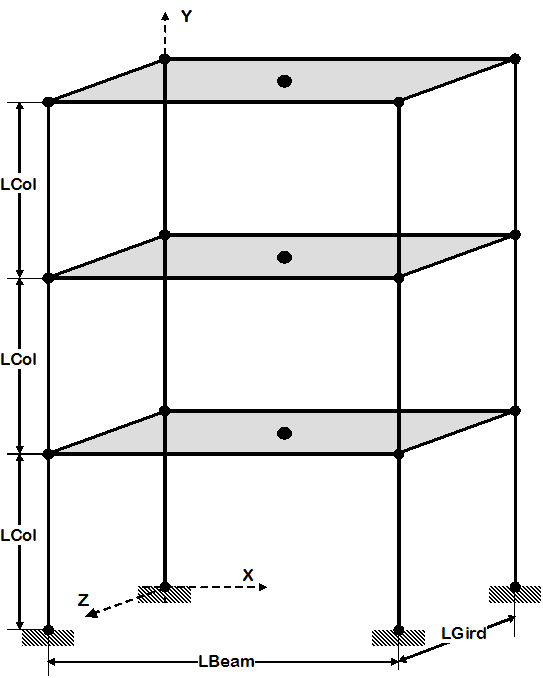I found this solution, however it doesn’t work when I’m rotating around the y-axis (it is inverted). Anyone knows why?
from panda3d.core import *
from direct.showbase.ShowBase import ShowBase
from direct.gui.OnscreenText import OnscreenText
# Function to put instructions on the screen.
def addInstructions(pos, msg):
return OnscreenText(text=msg, style=1, fg=(1, 1, 1, 1), scale=.05,
shadow=(0, 0, 0, 1), parent=base.a2dTopLeft,
pos=(0.08, -pos - 0.04), align=TextNode.ALeft)
class MyApp(ShowBase):
def __init__(self):
ShowBase.__init__(self)
#disable mouse, we need the left click working
base.disableMouse()
#set sensible view
base.cam.set_pos(20, -20, 20)
base.cam.look_at(0,0,0)
#help info
self.inst1 = addInstructions(0.06, "MOUSE-1: click and hold")
self.inst2 = addInstructions(0.12, "X, Y, Z: change rotation axis")
self.inst3 = addInstructions(0.18, "Vector")
#visual aid
self.circle=self.make_circle()
self.circle.hide()
#a line showing the current rotation axis
self.line=None
#the axis node, we rotate around this node
self.axis=render.attach_new_node('axis')
#list of current axis, overkill here, but used for moving
#when there are 2 movement axis(not in demo
self.active_axis=[]
self.toggle_axis('z')
self.mouse_is_down=False
#bind keys
self.accept('mouse1', self.on_mouse_down)
self.accept('mouse1-up', self.on_mouse_up)
self.accept('x', self.toggle_axis, ['x'])
self.accept('y', self.toggle_axis, ['y'])
self.accept('z', self.toggle_axis, ['z'])
#run task
taskMgr.add(self.mouse_task, 'mouse_tsk')
def make_circle(self, segments = 36, thickness=2.0, radius=1.0):
l=LineSegs()
l.set_thickness(thickness)
l.move_to(Point3(0,0,0))
#l.draw_to(Point3(0,radius,0))
temp = NodePath('temp')
for i in range(segments + 1):
temp.set_h(i * 360.0 / segments)
p = render.get_relative_point(temp, (0, radius, 0))
l.draw_to(p)
temp.remove_node()
return render.attach_new_node(l.create())
def on_mouse_down(self):
self.last_vec=None
self.last_hpr=None
self.mouse_is_down=True
def on_mouse_up(self):
self.mouse_is_down=False
self.circle.hide()
def toggle_axis(self, axis):
if axis in self.active_axis:
self.active_axis.pop(self.active_axis.index(axis))
else:
self.active_axis.append(axis)
while len(self.active_axis)>1:
axis=self.active_axis[0]
self.toggle_axis(axis)
self.update_axis()
def update_axis(self):
'''Creates a plane to capture mouse clicks,
the pos of self.axis defines the point for the plane,
the normal of the plane depends on what is
the current axis in self.active_axis.
Also draws a line/vector to show the axis.
'''
self.axis.set_pos(Point3(0,0,0))
point=self.axis.get_pos(render)
if 'x' in self.active_axis:
vec=self.axis.get_quat().get_right()
elif 'y' in self.active_axis:
vec=self.axis.get_quat().get_forward()
elif 'z' in self.active_axis:
vec=self.axis.get_quat().get_up()
#remove old line
if self.line:
self.line.remove_node()
#draw new line
if self.active_axis:
self.plane=Plane(vec, point)#also make the plane, kind of important...
l=LineSegs()
l.set_thickness(2.0)
l.move_to(point)
l.draw_to(vec*10.0)
self.line=render.attach_new_node(l.create())
self.line.set_color((abs(vec.x), abs(vec.y), abs(vec.z), 1.0), 1)
self.circle.set_color(self.line.get_color(), 1) #recolor the circle to make it fit
def mouse_task(self, task):
'''Rotates self.model around self.axis based on mouse movement '''
if self.mouse_is_down and self.active_axis:
if base.mouseWatcherNode.has_mouse():
# get the mouse ray-plane intersection
# kudos to rdb
mpos = base.mouseWatcherNode.get_mouse()
pos3d = Point3()
near_point = Point3()
far_point = Point3()
base.camLens.extrude(mpos, near_point, far_point)
if self.plane.intersects_line(pos3d,
render.get_relative_point(base.cam, near_point),
render.get_relative_point(base.cam, far_point)):
# make a direction vector
vec = self.axis.get_pos() - pos3d
# visual aid
self.circle.set_scale(vec.length())
self.circle.heads_up(pos3d, self.plane.get_normal())
self.circle.show()
# we just need the direction
vec.normalize()
self.inst3.setText(str(vec))
# nothing more to do at this point if we have no stored vector
if self.last_vec is None:
self.last_vec = vec
return task.again
self.last_vec = vec
return task.again
app = MyApp()
app.run()

